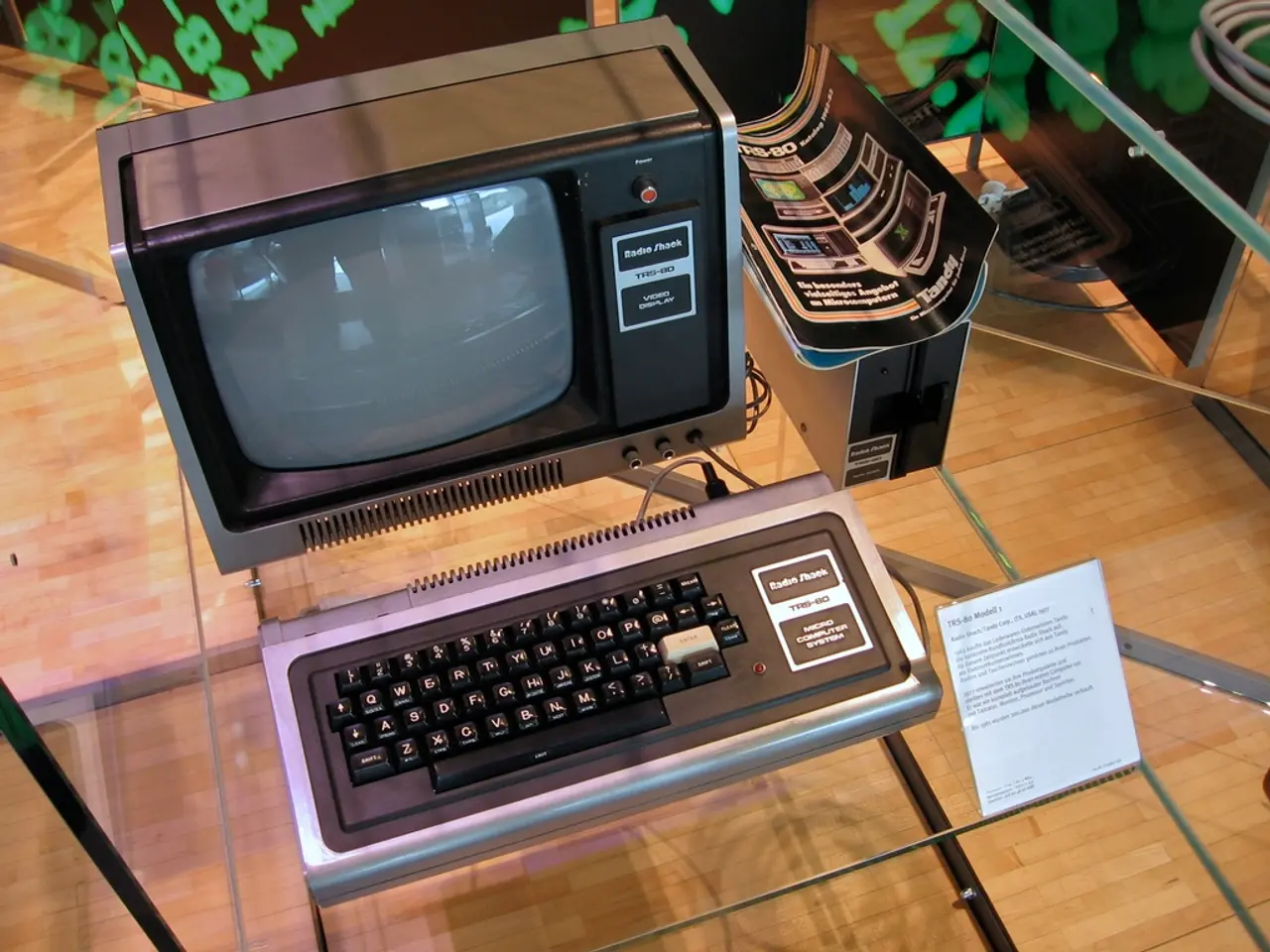Revolutionary advancements in healthcare through Medical PCBs
In the world of medical technology, Printed Circuit Boards (PCBs) play a crucial role in patient care, research, and training medical professionals. The design and development of these specialized components are governed by a set of stringent standards that prioritize safety, performance, and reliability.
Critical Standards for Medical PCB Design
The most critical standards include:
- IEC 60601-1: This primary international standard for medical electrical equipment safety covers electrical safety and essential performance requirements. It ensures that medical PCBs, such as those in defibrillators, avoid hazards like electrical shock and maintain reliable operation under expected conditions.
- IPC Standards (e.g., IPC-6012 Class 3): These provide stringent manufacturing and design rules for high-reliability and high-performance PCBs, pertinent for medical and aerospace applications. The 2023 revision IPC 6012F, for example, updated rules on dielectric thickness and cavity types to enhance manufacturing yield and reliability.
- Creepage and Clearance Standards: To minimize electrical arcing risks, especially for high-voltage medical PCBs, standards like IPC-2221, UL-61010-1, and UL-60950-1 define minimum creepage (surface distance) and clearance (air distance) requirements between conductive elements.
- Design Considerations: Medical PCB design emphasizes separating high- and low-voltage sections, strategic component placement to reduce heat and interference, and extensive use of ground and power planes to reduce noise.
The Enduring Relevance of Foundational Textbooks
Despite the rapidly evolving field of medical technology, the most widely used textbook on medical PCB design and development is over 14 years old. This longevity can be attributed to several factors:
- Slowly Evolving Core Principles: Fundamental design principles for medical PCBs—such as safety, thermal management, signal integrity, and component reliability—do not change rapidly, so foundational texts retain relevance for many years.
- Regulatory Stability with Periodic Updates: Key standards like IEC 60601-1 and IPC standards evolve incrementally with revisions spaced years apart. Existing textbooks often cover essentials that remain valid despite standard updates; practitioners supplement knowledge with the latest standards documentation and application notes rather than new textbooks.
- Combination of Standards and Practical Guidance: Authors often provide comprehensive practical design methods rooted in established regulations. Since practitioners rely heavily on current standards bodies' publications (which are updated frequently) and application notes, the need for frequently rewritten textbooks is reduced.
- Specialized Nature and Market Size: Medical PCB design is a niche area, producing fewer new textbooks compared to broader electronics fields. Industry professionals often depend on technical standards, manufacturer datasheets, and evolving regulatory documents rather than textbooks alone.
Transforming the Medical Landscape
Medical PCBs have significantly transformed the way we live and die by eliminating misjudgments in medical situations. Advancements in medical PCBs include the development of a stretchable, rugged "skin" with sensing capabilities and ingestible sensors for digestion diagnosis. These innovations continue to reshape the medical industry, making it more precise, efficient, and effective.
In the United States, the Food and Drug Administration (FDA) regulates firms who manufacture, repackage, relabel, and/or import medical devices sold in the country. The Center for Devices and Radiological Health (CDRH), a subset of FDA, is responsible for this regulation. Medical electronics are bound to follow safety and quality standards, such as those published by the International Electrotechnical Commission (IEC), International Standards Organization (ISO), US Food and Drug Administration (FDA), and Federal Communications Commission (FCC).
In conclusion, the key medical PCB design standards prioritize electrical safety (IEC 60601-1), manufacturing quality (IPC 6012 Class 3), and electrical clearance/creepage requirements (IPC and UL standards) to ensure patient safety and device reliability. The enduring relevance of foundational textbooks likely stems from the stable, rigorous design principles and the reliance on evolving standards for up-to-date regulatory compliance, reducing the frequency of new textbook publications.
- In the ongoing pursuit of health and wellness, understanding critical science behind medical PCB design is essential for developing reliable and safe medical devices, as evidenced by standards such as IEC 60601-1, IPC Standards, and Creepage and Clearance Standards.
- Medical-condition diagnosis and patient care have experienced significant advancements, thanks to cutting-edge science within the field of medical electronics, which is regulated by institutions like the FDA, and its adherence to standards set by bodies such as the IEC, ISO, FDA, and FCC.




